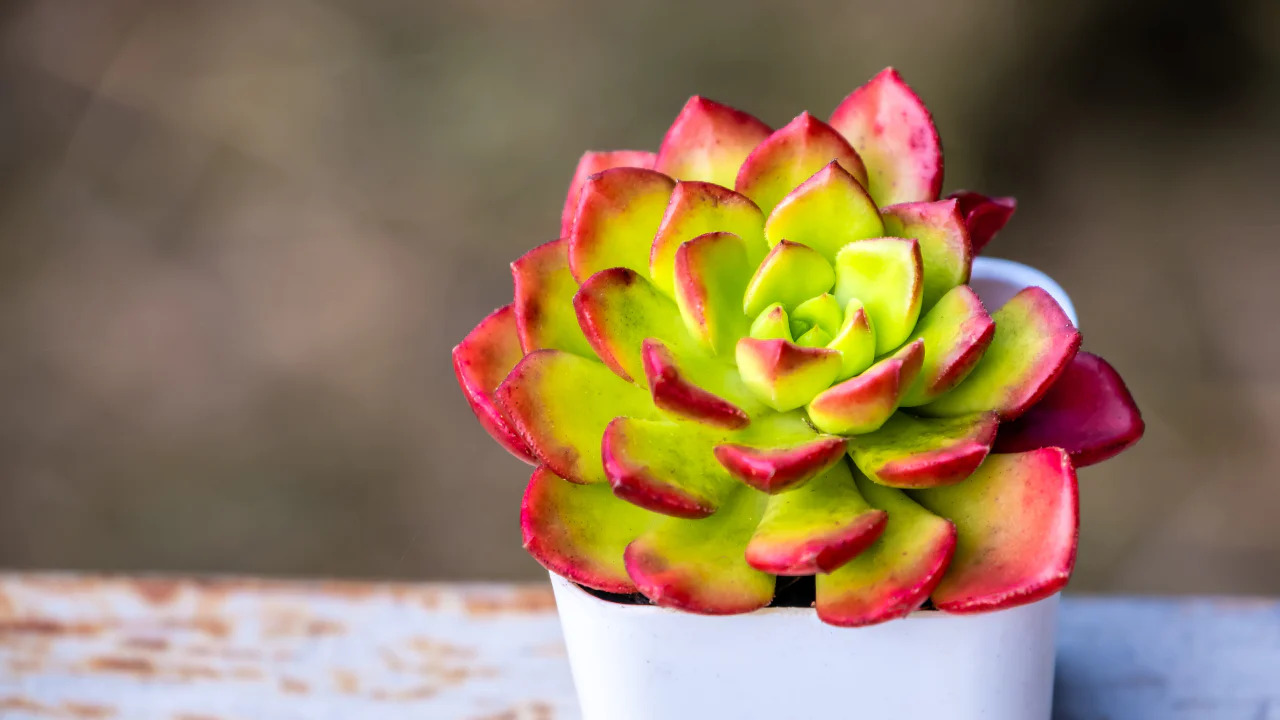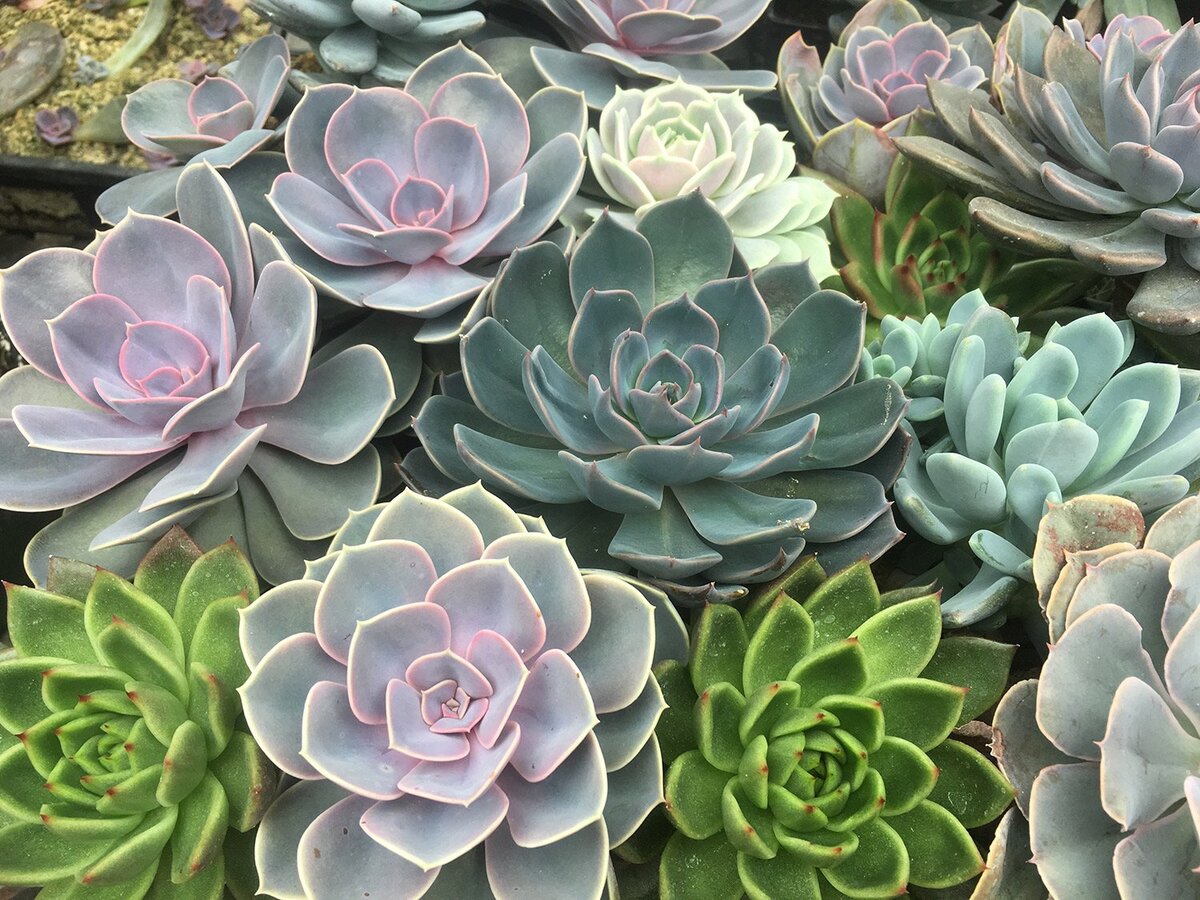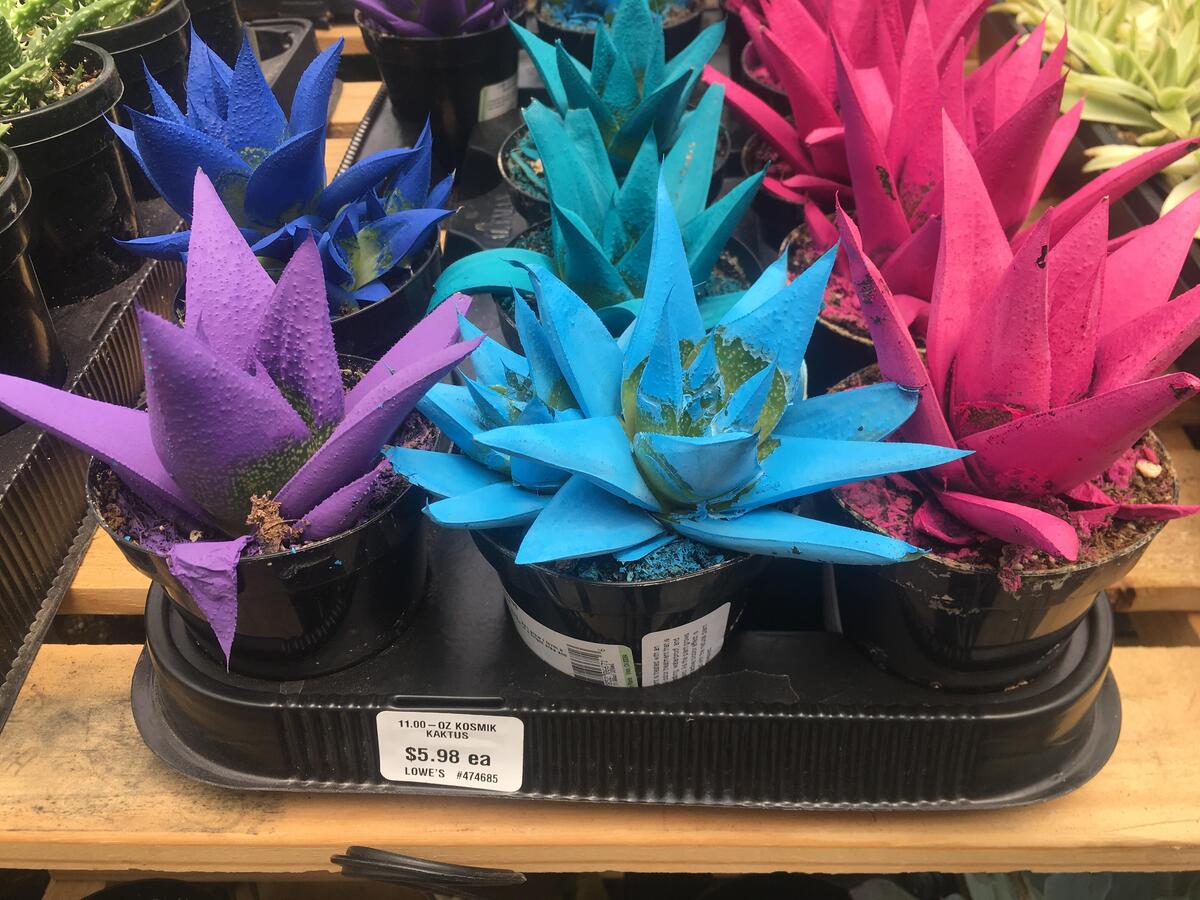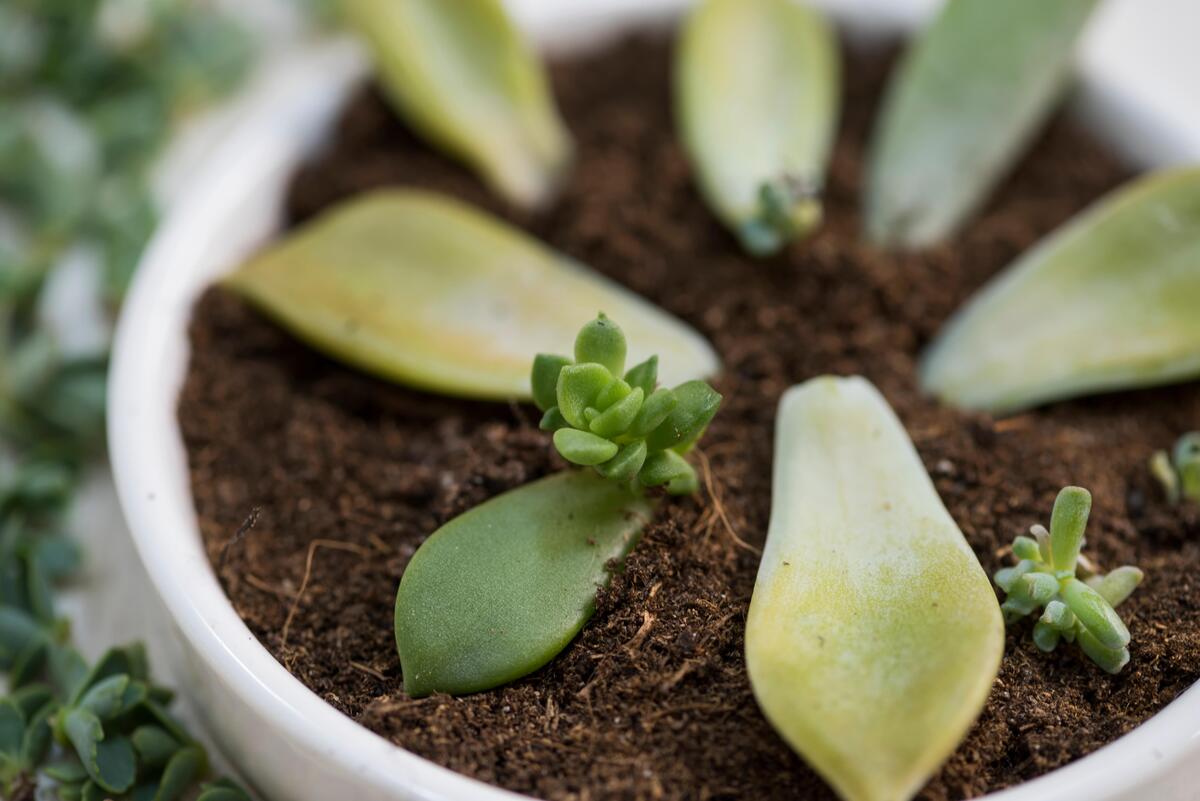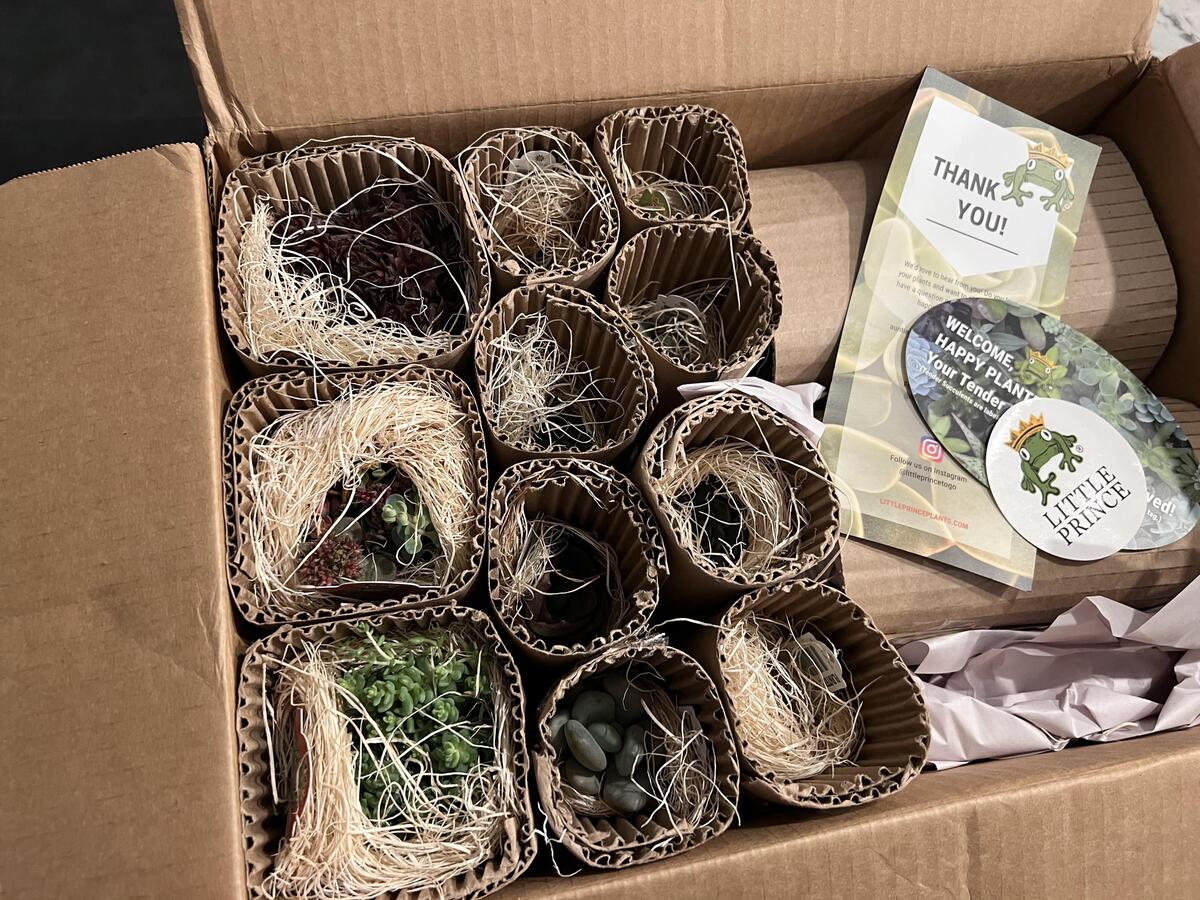Home>Gardening Techniques>Plant Care>How To Revive Dead Succulents
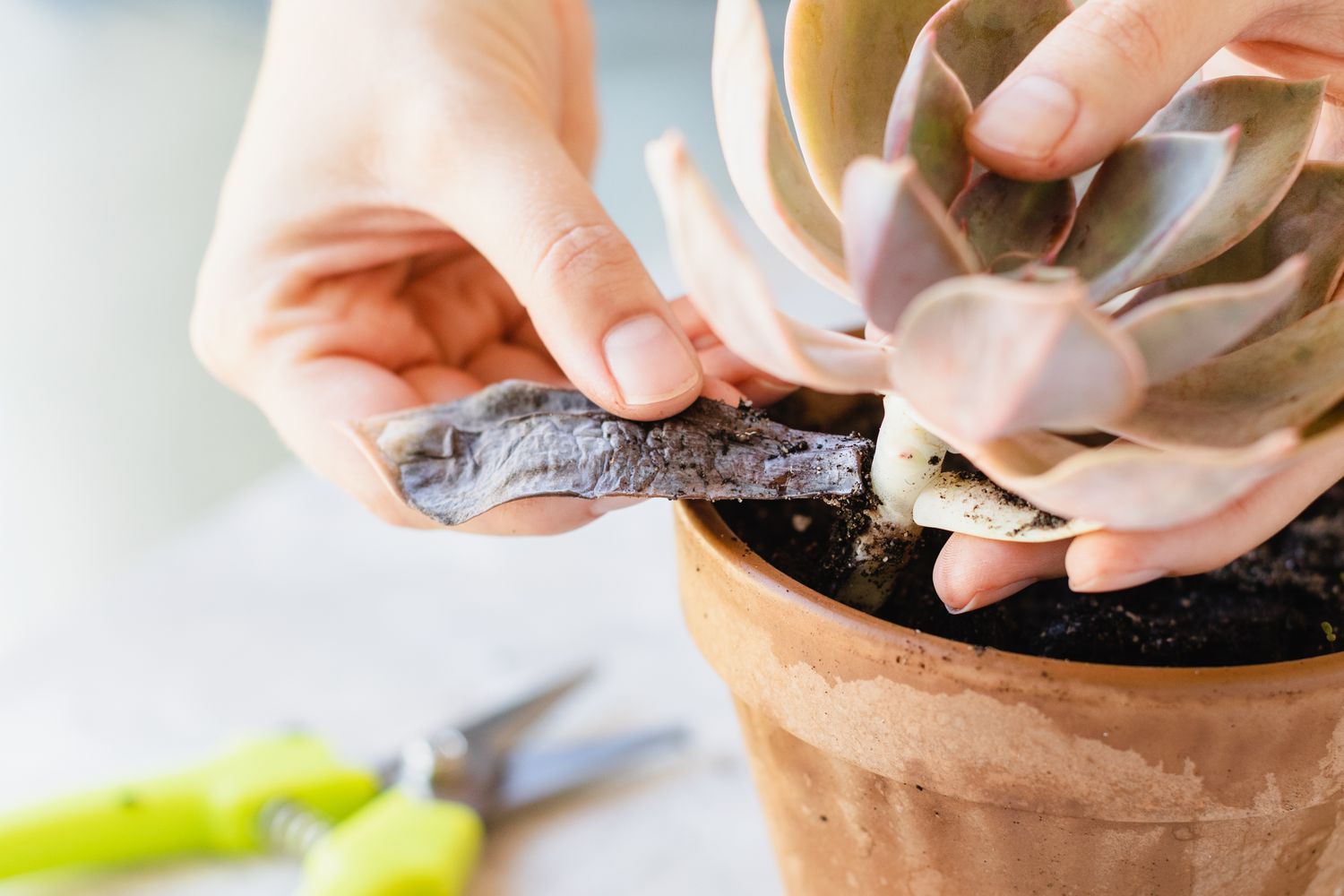

Plant Care
How To Revive Dead Succulents
Published: December 24, 2023
Learn the best plant care tips for reviving dead succulents and bringing them back to life. Discover the secrets to nurturing healthy, thriving plants.
(Many of the links in this article redirect to a specific reviewed product. Your purchase of these products through affiliate links helps to generate commission for Chicagolandgardening.com, at no extra cost. Learn more)
Table of Contents
Introduction
Are you a plant enthusiast who's struggling to keep your succulents alive and thriving? Don't worry; you're not alone. Many plant lovers have faced the disappointment of seeing their once-lively succulents wither away. However, the good news is that with the right knowledge and care, it's possible to revive seemingly lifeless succulents and restore them to their former glory.
Succulents are renowned for their hardiness and low-maintenance nature, making them a popular choice for both indoor and outdoor gardens. Despite their resilient reputation, these plants can still fall victim to various environmental stressors, leading to their demise. If you've found yourself in this predicament, fear not – this comprehensive guide will equip you with the essential know-how to bring your succulents back to life.
Throughout this article, we'll delve into the common causes of succulent death, provide a step-by-step approach to reviving a seemingly lifeless plant, and offer valuable tips for maintaining the health and vitality of your succulents. By the end of this guide, you'll be well-versed in the art of succulent care, ready to breathe new life into your beloved plants.
So, if you're ready to embark on a journey to revive your succulents and foster a green, thriving oasis, let's dive into the fascinating world of succulent care and restoration. Whether you're a novice plant parent or a seasoned gardener, there's always something new to learn when it comes to nurturing these unique and captivating plants. Let's get started on this rewarding horticultural adventure together.
Understanding the Causes of Succulent Death
Before delving into the revival process, it’s crucial to understand the factors that can lead to the demise of succulents. While these plants are revered for their resilience, they are not invincible and can succumb to various stressors. By identifying the potential culprits behind succulent death, you can take proactive measures to prevent future casualties.
One common cause of succulent death is overwatering. Despite their water-storing abilities, succulents are susceptible to root rot if they are consistently overwatered. This can lead to a decline in the plant’s health and, ultimately, its demise. On the other hand, underwatering can also be detrimental, causing the plant to dehydrate and wither.
Another factor to consider is inadequate sunlight. Succulents thrive in bright, indirect sunlight, and a lack of proper light exposure can weaken the plant and impede its growth. Conversely, prolonged exposure to intense, direct sunlight, especially during the hottest hours of the day, can cause sunburn and irreparable damage to the succulent’s leaves.
Poor soil drainage is yet another common culprit in succulent fatalities. These plants require well-draining soil to prevent waterlogged roots, and using standard potting soil that retains moisture can spell disaster for succulents.
Furthermore, extreme temperatures, whether excessively hot or cold, can take a toll on succulents, leading to wilting, discoloration, and, in severe cases, death. Additionally, pest infestations and diseases can weaken the plant’s defenses and contribute to its decline.
By familiarizing yourself with these potential threats to succulent health, you can implement preventive measures and create an optimal environment for your plants to thrive. Understanding the delicate balance of water, light, soil, and environmental conditions is key to ensuring the longevity of your succulents.
Assessing the Condition of the Succulent
Before embarking on the journey to revive a seemingly lifeless succulent, it’s essential to assess the plant’s current condition. By carefully evaluating its physical state, you can gain valuable insights into the extent of its distress and determine the most effective course of action.
Begin by examining the succulent’s leaves, stems, and roots. Healthy succulents typically boast plump, firm leaves and stems, indicative of their water-retaining capabilities. Conversely, a dehydrated or overwatered succulent may display shriveled, discolored, or mushy leaves. These visual cues can offer valuable clues about the plant’s hydration levels and overall health.
Next, gently inspect the roots, if possible. Healthy succulent roots are typically white or light-colored and firm to the touch. In contrast, rotted roots may appear dark, mushy, or foul-smelling, signaling potential root rot due to overwatering.
Furthermore, assess the overall color and texture of the succulent. A vibrant, uniform coloration and taut, plump appearance are indicative of a healthy plant. Conversely, a discolored, withered, or mushy texture may signify underlying issues that require attention.
It’s also important to consider the plant’s growth patterns and any visible signs of new growth or deterioration. New shoots and buds indicate the potential for recovery, while stunted growth or wilting suggests ongoing distress.
By conducting a thorough assessment of the succulent’s physical attributes, you can gain a deeper understanding of its condition and tailor your revival efforts accordingly. This initial evaluation sets the stage for the subsequent steps in the revival process, empowering you to provide targeted care and support to the ailing plant.
Reviving a Dead Succulent: Step-by-Step Guide
Reviving a seemingly lifeless succulent is a rewarding endeavor that requires patience, care, and a strategic approach. While the task may seem daunting, following a step-by-step guide can significantly increase the chances of successfully restoring the plant to health.
Step 1: Assess the Root System
- Remove the succulent from its pot and carefully examine the roots for signs of rot or dehydration. Trim any rotted roots using sterile gardening shears to promote healthy regrowth.
Step 2: Provide Adequate Drainage
- Ensure the pot has proper drainage holes to prevent waterlogging, and consider repotting the succulent in well-draining soil to promote optimal root health.
Step 3: Adjust Watering Practices
- Establish a consistent watering schedule, allowing the soil to dry out completely between waterings to prevent overhydration. Monitor the plant’s response to the adjusted watering regimen closely.
Step 4: Introduce Indirect Sunlight
- Gradually acclimate the succulent to indirect sunlight, shielding it from intense midday rays to prevent sunburn. Adequate light exposure is crucial for the plant’s photosynthetic processes and overall well-being.
Step 5: Monitor and Adjust Care Routine
- Observe the succulent’s response to the revived care regimen, making necessary adjustments based on its progress. Be mindful of new growth, improved leaf turgor, and overall vitality as indicators of successful revival.
By diligently following these steps and providing attentive care, you can breathe new life into a seemingly lifeless succulent. Remember that each plant is unique, and the revival process may unfold at its own pace. With time, dedication, and a nurturing touch, you can witness the remarkable resilience of succulents as they rebound from the brink of demise.
Tips for Maintaining Healthy Succulents
Once you’ve successfully revived a struggling succulent or if you simply want to ensure the ongoing health and vitality of your plants, implementing proactive care strategies is essential. By incorporating these tips into your succulent care routine, you can create an optimal environment for these resilient plants to thrive.
1. Proper Watering Practices
- Adhere to a consistent watering schedule, allowing the soil to dry out completely between waterings. Use the “soak and dry” method, ensuring thorough hydration followed by adequate drying periods to prevent overwatering.
2. Optimal Light Exposure
- Place succulents in areas with bright, indirect sunlight, such as near south- or east-facing windows. Monitor the plant’s response to light exposure and adjust its placement as needed to prevent sunburn or etiolation.
3. Well-Draining Soil
- Utilize well-draining soil specifically formulated for succulents and cacti to promote healthy root systems and prevent waterlogged conditions. Consider adding perlite or coarse sand to enhance drainage capabilities.
4. Adequate Air Circulation
- Ensure proper air circulation around succulents to prevent moisture buildup and minimize the risk of fungal diseases. Position fans or open windows to promote airflow in indoor environments.
5. Temperature Considerations
- Protect succulents from extreme temperatures, especially frost and prolonged exposure to scorching heat. Provide adequate insulation or shade as needed to shield the plants from temperature extremes.
6. Seasonal Adjustments
- Be mindful of seasonal changes and adjust your care routine accordingly. Succulents may require less frequent watering and reduced fertilization during dormant periods, such as winter.
7. Prudent Pest Management
- Monitor succulents for signs of pest infestations, such as mealybugs or spider mites, and promptly address any issues using natural or targeted pest control methods to safeguard the plant’s health.
By incorporating these tips into your succulent care regimen, you can foster an environment that promotes the flourishing of these remarkable plants. Consistent, attentive care, coupled with an understanding of their unique needs, will empower you to cultivate thriving succulents that bring natural beauty and tranquility to any space.
Conclusion
Caring for succulents is a deeply rewarding journey that invites us to marvel at the resilience and beauty of these captivating plants. Whether you’ve successfully revived a struggling succulent or are embarking on the enriching experience of nurturing these hardy companions, the key to their well-being lies in understanding their unique needs and responding with thoughtful care.
As you navigate the intricacies of succulent care, remember that each plant is a living testament to nature’s remarkable adaptability. The process of reviving a seemingly lifeless succulent is a testament to the plant’s innate resilience and the transformative power of attentive care. By assessing the causes of succulent distress, implementing strategic revival techniques, and maintaining proactive care practices, you can create an environment where succulents not only survive but thrive.
Furthermore, the journey of succulent care offers valuable lessons in patience, observation, and the interconnectedness of natural elements. It encourages us to attune ourselves to the subtle rhythms of growth and transformation, fostering a deeper appreciation for the delicate balance of life.
As you tend to your succulents, may you find joy in witnessing their tenacity and the quiet beauty they bring to your surroundings. Whether adorning a sunlit windowsill, gracing a garden with their vibrant hues, or serving as thoughtful gifts that brighten someone’s day, succulents enrich our lives in myriad ways.
So, as you embark on this horticultural adventure, may your succulents thrive under your attentive care, serving as enduring reminders of nature’s resilience and the boundless wonders of the plant kingdom. Embrace the journey, celebrate the triumphs, and savor the profound connection that blooms between caretaker and plant, as you nurture these remarkable succulents to flourish in their unique splendor.
